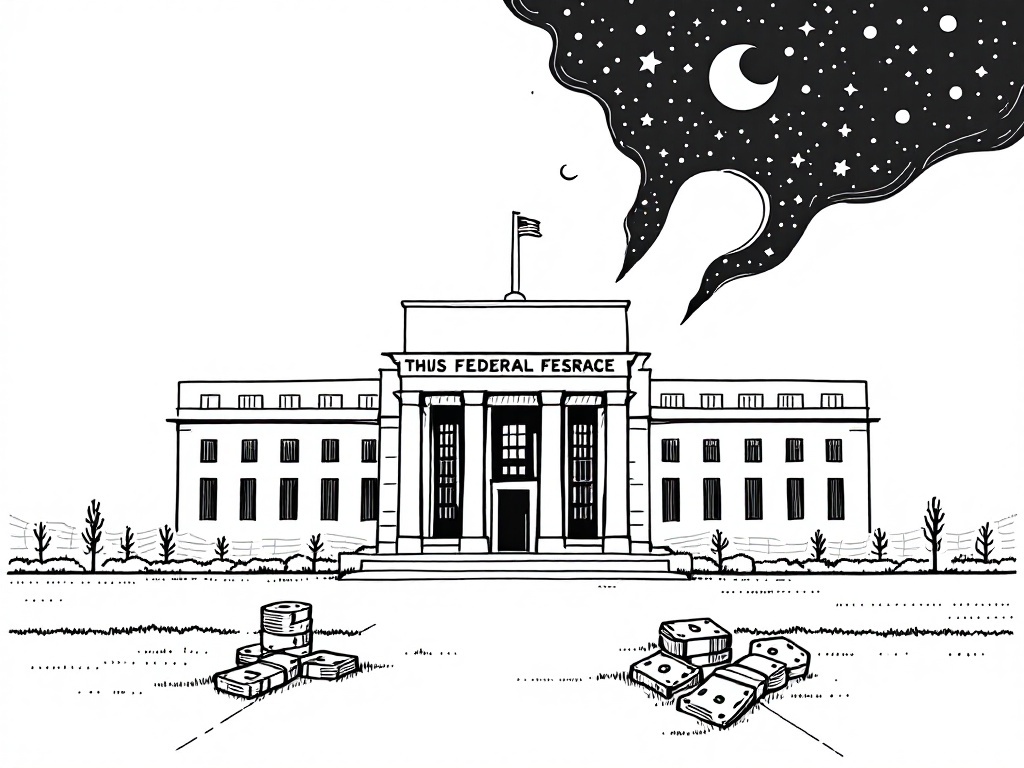Federal Reserve Potential Rate Cuts Amid Tariff Challenges

Washington, D.C., Monday, 14 April 2025.
Governor Waller suggests the Federal Reserve may cut rates if tariffs persist, emphasizing the fragility of the U.S. economy and potential impacts on growth and employment.
Tariff Impacts on Economic Growth
In recent discussions, Federal Reserve Governor Christopher Waller highlighted the potential need for rate cuts if President Trump’s tariffs remain in place. The imposition of tariffs is foreseen to significantly slow U.S. economic growth. Goldman Sachs revised its 2025 GDP growth forecast from 2.4% to 0.5%, a considerable downgrade due to the impact of these tariffs [2][3]. If tariffs lead to further economic strain, the Federal Reserve may need to reassess monetary policy to counter potential recessionary pressures.
Employment Concerns and Inflation Dynamics
Unemployment rates may rise as tariffs exert pressure on U.S. industries. As estimated, Trump’s tariff measures could increase unemployment by 1 to 2 percentage points, potentially resulting in 1.7 to 3.4 million job losses [3]. This economic forecast prompts concerns about inflation dynamics. The Yale Budget Lab anticipates a -1.1% impact on real GDP exclusively from these tariffs, signaling a possible recessionary trend [3]. Moreover, the tariffs represent the most substantial tax hike since the 1960s, impacting lower-income households the hardest [2].
Federal Reserve’s Strategic Considerations
The Federal Reserve is under significant pressure to balance economic growth and inflation management. Interest rate cuts typically occur when inflation stabilizes around the 2% target. However, with March 2025 inflation reported at 2.4%, down from 2.8% in February, the Fed faces complexities due to ongoing tariff pressures [4]. Neel Kashkari, President of the Minneapolis Federal Reserve, underlined the effect of tariffs on trade flows and the potential redirection of investments if tariffs persist [5].
Market Reactions and Policy Dilemmas
Market volatility continues as Federal Reserve strategies are influenced by geopolitical trade tensions. Analyst discussions highlight the stagflationary nature of tariffs—causing low growth alongside rising prices [6]. Additionally, President Trump’s actions amplify debates on the Federal Reserve’s independence, with rate cut decisions potentially swayed by political interests [7]. As the Fed prepares for decisive actions in response to tariff-induced economic shifts, the need for cautious yet robust policy responses remains crucial.